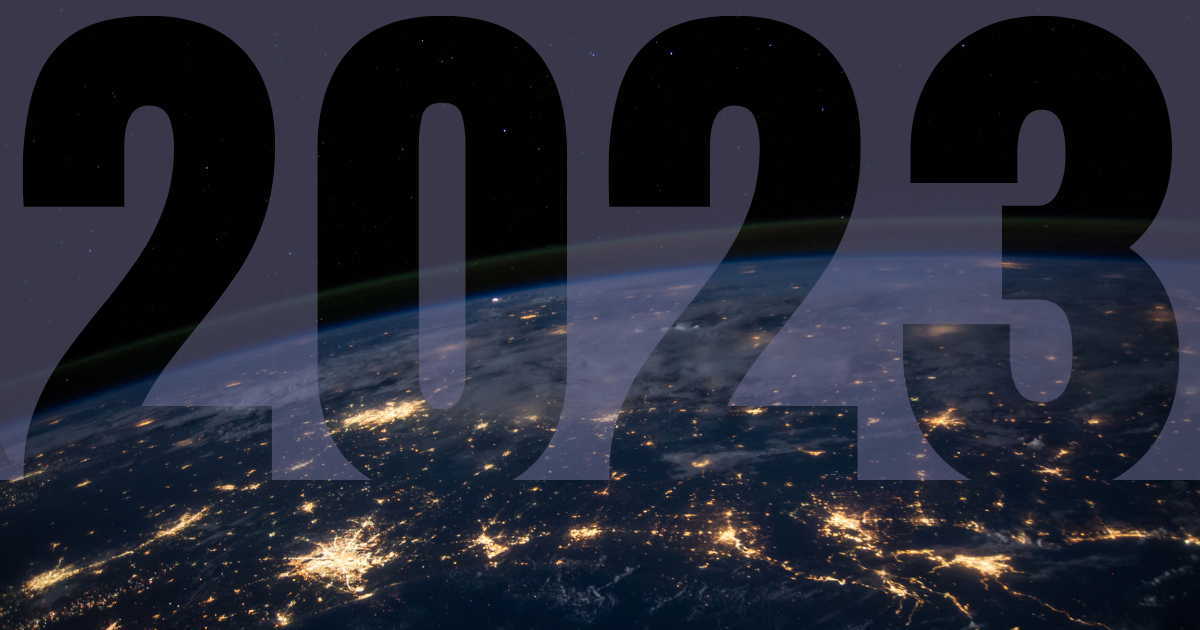
Florissant Fossil Beds National Monument Named World’s Newest International Dark Sky Park

Florissant Fossil Beds National Monument, in central Colorado, U.S., has been designated an International Dark Sky Park by IDA. It is the thirteenth International Dark Sky Places designation in the state and the forty-first site managed by the U.S. National Park Service to receive IDA accreditation.
“The Florissant Fossil Beds designation affirms what has become increasingly clear in recent months: Colorado is emerging as a dark-skies leader in the U.S.,” said IDA Executive Director Ruskin Hartley. Today’s announcement comes quickly after the recent designations of the towns of Nucla and Naturita, the town of Crestone, and Mesa Verde National Park.
Despite the Park’s location only 55 kilometers west of the city of Colorado Springs (population 668,000), the light-screening effect of the intervening southern Front Range of the Rocky Mountains helps keep night skies over the Monument dark. It also makes the Park conveniently accessible to the nearly 5 million people who live along the Front Range.
“The Monument is uniquely located,” said Monument Superintendent Therese Johnson explained. “It is within a reasonable driving distance of a large urban area, yet far enough away and tucked behind some mountains that block urban light pollution.”
The Monument’s main resource is numerous and exceptionally well-preserved insect and plant fossils found in the mudstones and shales of the Florissant Formation, an Eocene-era geologic unit representing a lake environment in the area some 34 million years ago. The fossils owe their incredible preservation state to the interaction of the nearby Thirtynine Mile volcanic field with the biology of the lake.
Fossil collecting began in the late 19th century and resulted in the removal of important paleontological specimens. In 1969 the Monument was established by an act of the U.S. Congress after a lengthy legal battle involving local landowners and the federal government. Today the Monument is the site of ongoing paleontology research while accommodating some 60,000 visitors a year.
The Monument has long considered stewardship of dark night skies within the scope of its Foundation Document, which calls on management “to preserve and protect the insect and leaf fossils of the Florissant Formation and related paleontological geological, and scenic resources.”
In recent years it has made protection of dark skies a priority and regularly interprets the value of the resource to visitors. And after a rigorous application process, the Monument can now count IDA status among its accolades.
“We are pleased to be able to provide opportunities for the public to experience the wonders that dark skies provide,” Johnson said.



















